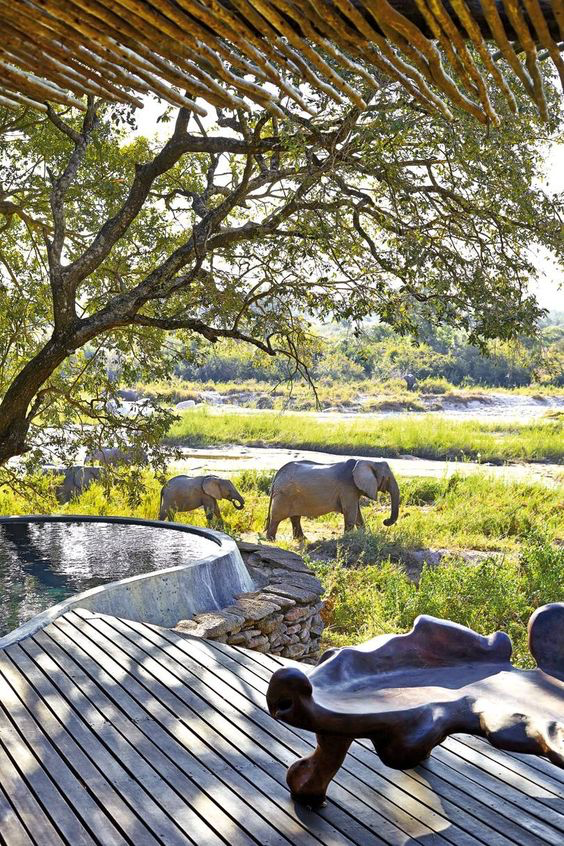Bardiya National Park
Bardiya National park is the largest national park in the lowland Terai covering an area of 968 sq.km. The park situated in Nepal's Western Terai was established for protecting the representative ecosystems and conserving the habitat of tiger and its prey species. Initially, a small area was gazetted as the Karnali Wildlife Reserve in 1976. At that time, 1500 households of the Babai valley were relocated outside the park allowing the vegetation and wildlife to flourish. In 1982, it was renamed as Bardiya Wildlife Reserve, and in 1984 it was extended to its current size. The reserve was given the status of a National Park in 1988. 91 Greater One-horned Rhinoceros were translocated from Chitwan National Park to Bardia National Park in 1986, 1991, 1999, 2000, 2001, 2002, 2003, 2016 and 2017. In 1997, an area of 327 km2 surrounding the park was declared as a buffer zone, which consists of forests and private lands. The park and local communities jointly manage the buffer zone. Together they initiate community development activities and manage natural resources in the buffer zones. An elephant ride provides a different view of the park as one can go off the main trail, Morning and late afternoon is the ideal time to go on a ride. Karnali river is the suitable home for Gangetic dolphin. Babai valley is a majestic place to visit where flagship Rhino, tiger, and elephant can be cited in the wilderness site. 61 species of mammals, 513 species of birds, 42 herpetofauna and 120 fishes have been recorded from the park area.
Flora and Fauna: The park offers a variety of experiences in its vast undisturbed wilderness. About 70% of the forest consists of sal tree with a mixture of grassland and riverine forests. Sal leaves are used as traditional plates in festival and religious offering. The park is home to endangered animals such as the Royal Bengal tiger, wild elephant, greater one-horned rhinoceros, swamp deer, and black buck, The other endangered species include gharialand marsh mugger crocodiles and gangetic dolphin. Endangered birds found in the park are Bengal florican, lesser florican and sarus crane. More that 30 different mammals, over 230 species of birds and several species of snakes, lizard and fishes have been recorded In the park area. In addition to the resident species, several migratory birds visit the park.





